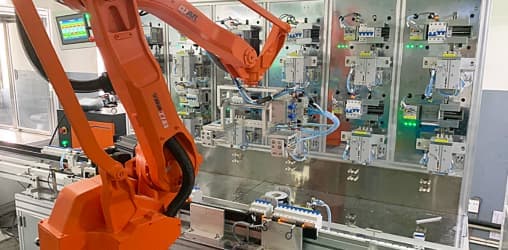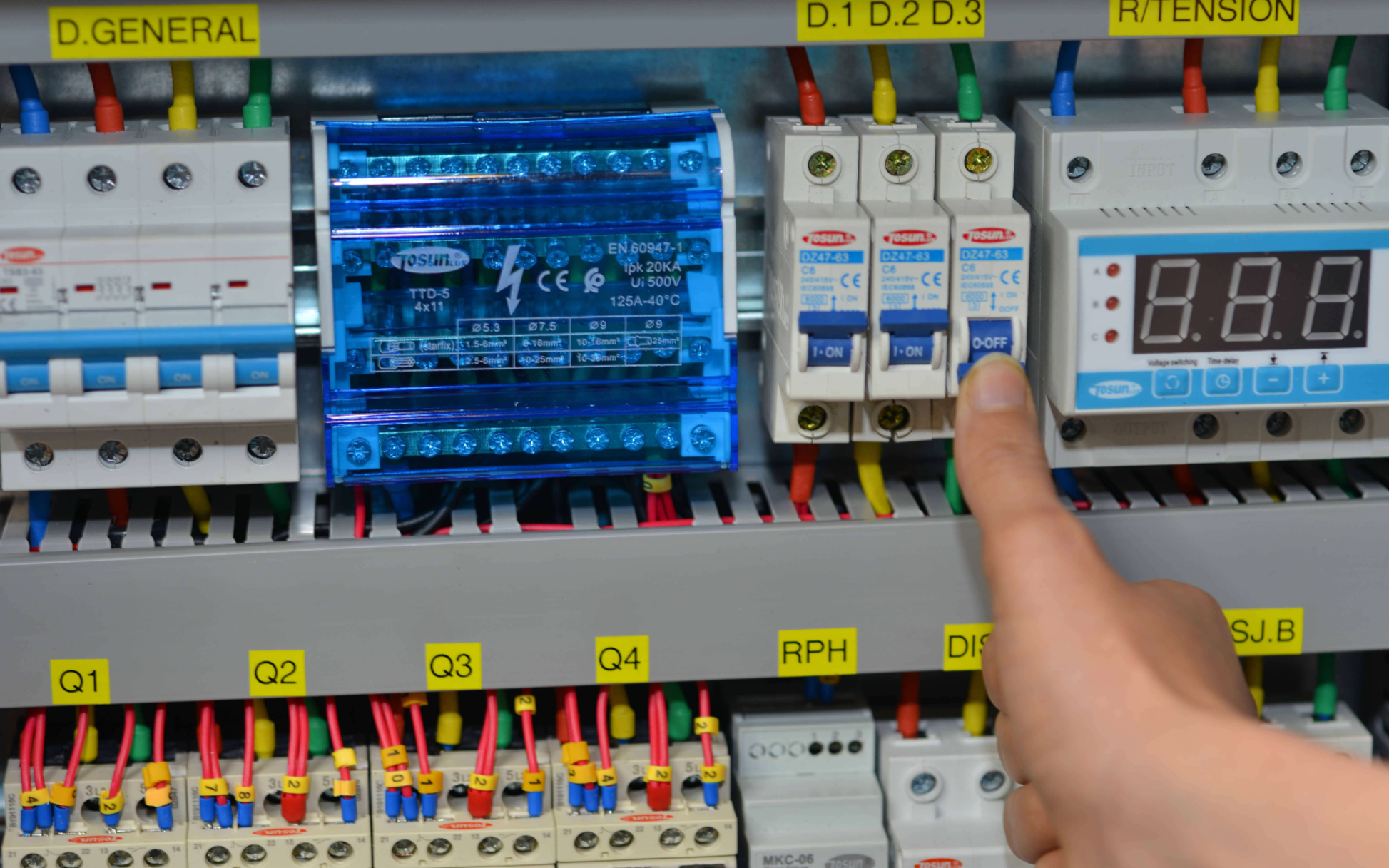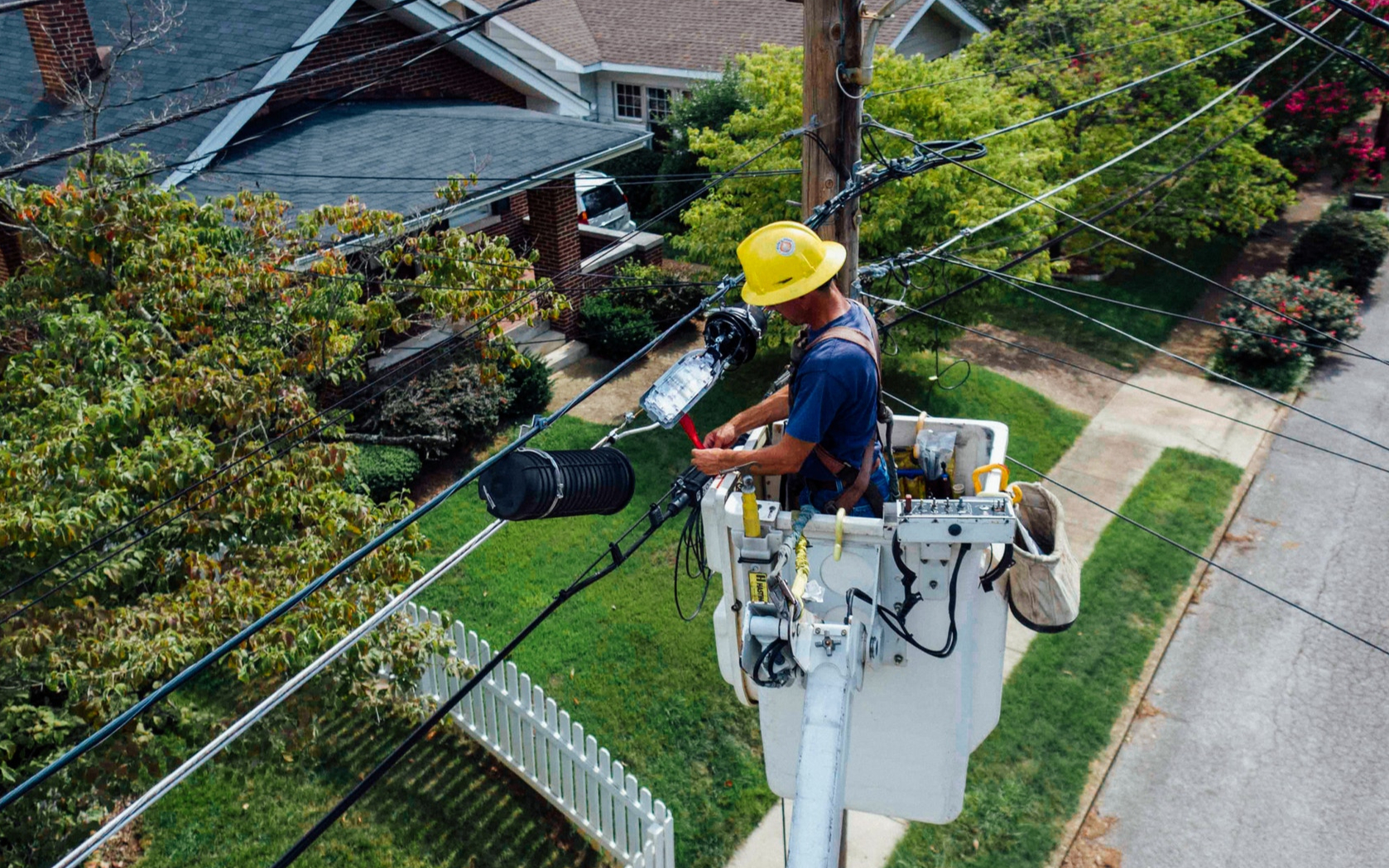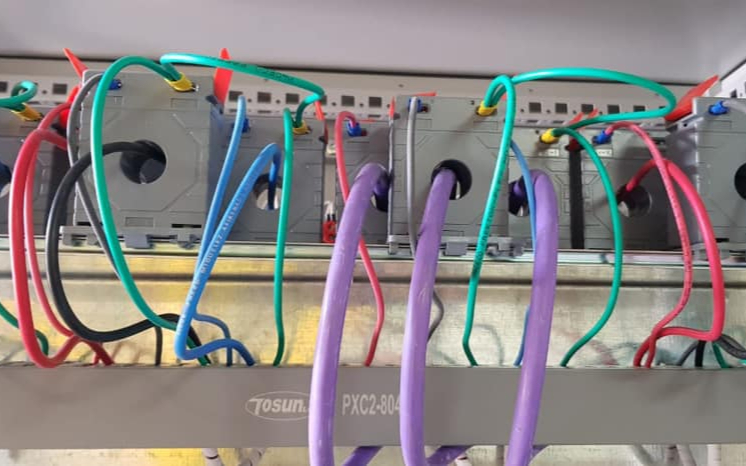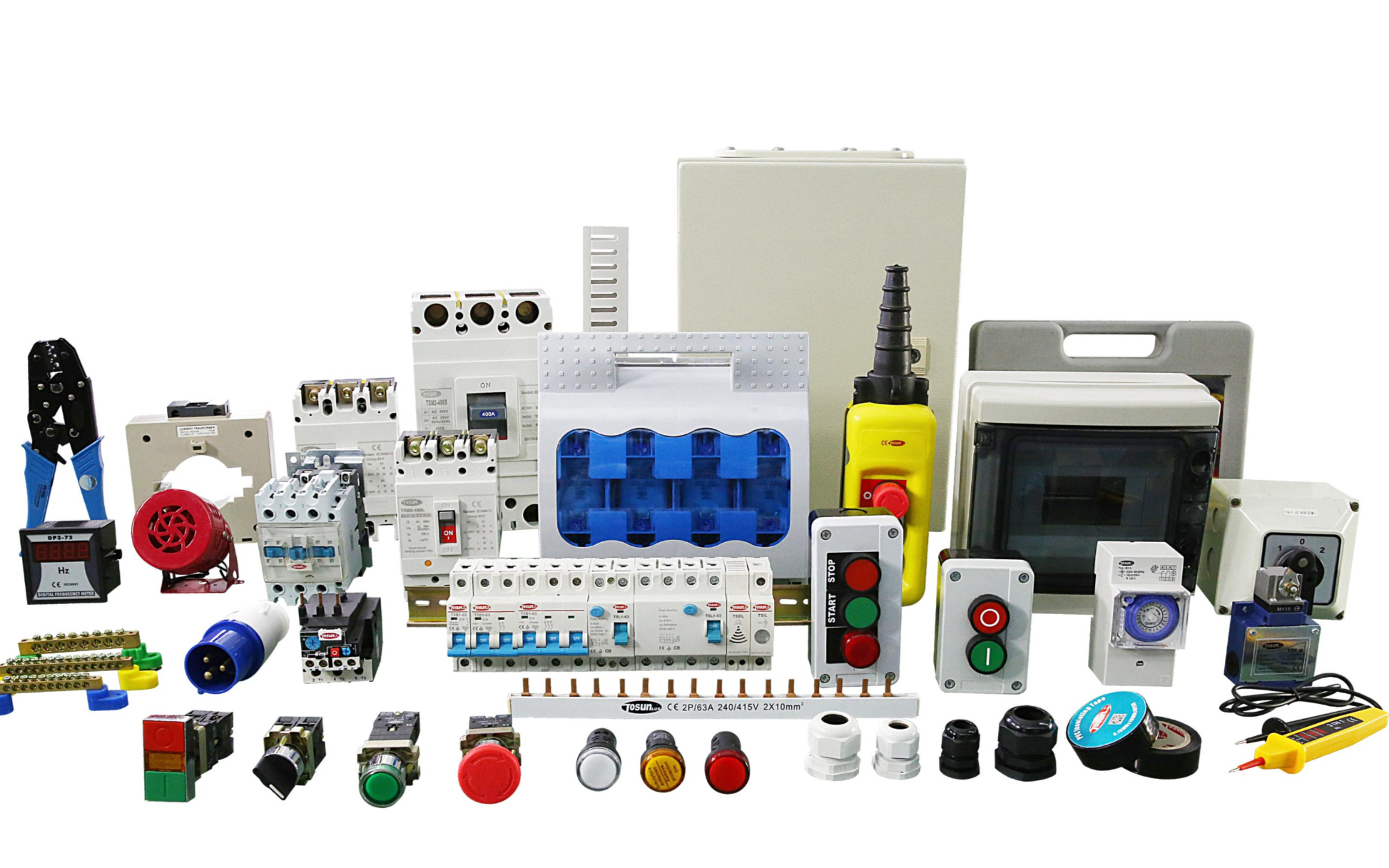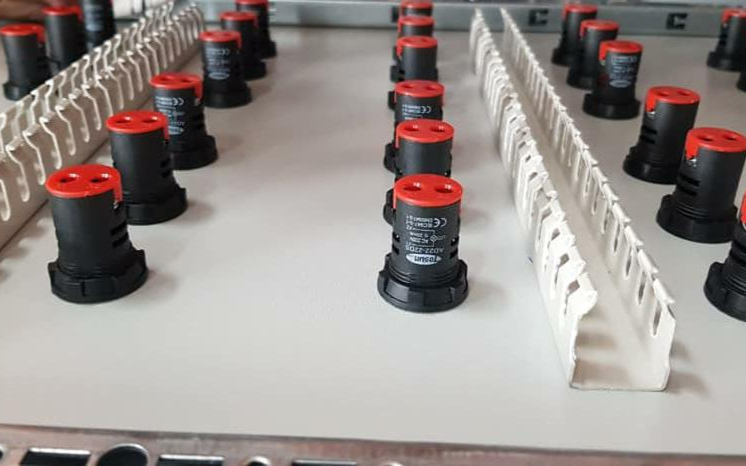How Does A Circuit Breaker Work?
17th Feb 2022
Have you ever come across a situation where you are comfortably watching TV or using some other electrical appliance, and the power goes off suddenly? Well, it is most probably the circuit breaker in your house. When there is a power surge or overload, the circuit breaks to prevent the hazard. Instead of supplying the overload power to the electrical appliance, the breaker trips to prevent damage. This is the main purpose of a circuit breaker. It is the core part of the electrical system in your house. A breaker protects your home from power hazards when the current becomes unstable. If you are curious about how a breaker works, we can help you. In this article, we are going to discuss circuit breaker and show you how it works. What Is A Circuit? In electronics, a circuit consists of various components connected by conductive wires. These electronic components include diodes, resistors, and transistors. These components are then connected through conductive traces, allowing electrical current to flow through them. Each electronic component is connected to another, and the result is an electric circuit. A circuit consists of a closed path or boundary formed by two or more wires. Each wire carries electricity, which must be connected to its positive and negative ends. The electricity enters your home and reaches the circuit breaker. This device distributes the power to different circuits, i.e., one circuit for the bedroom, one for the kitchen, etc. There is a separate breaker in each individual circuit to prevent any hazards. It […]
Read More : +86-139 0587 7291
: +86-139 0587 7291 English
English Español
Español Русский
Русский Français
Français العربية
العربية Português do Brasil
Português do Brasil Українська
Українська Türkçe
Türkçe Polski
Polski Nederlands
Nederlands Italiano
Italiano Bahasa Indonesia
Bahasa Indonesia हिन्दी
हिन्दी اردو
اردو አማርኛ
አማርኛ Հայերեն
Հայերեն ไทย
ไทย Монгол
Монгол فارسی
فارسی Shqip
Shqip Ελληνικά
Ελληνικά
